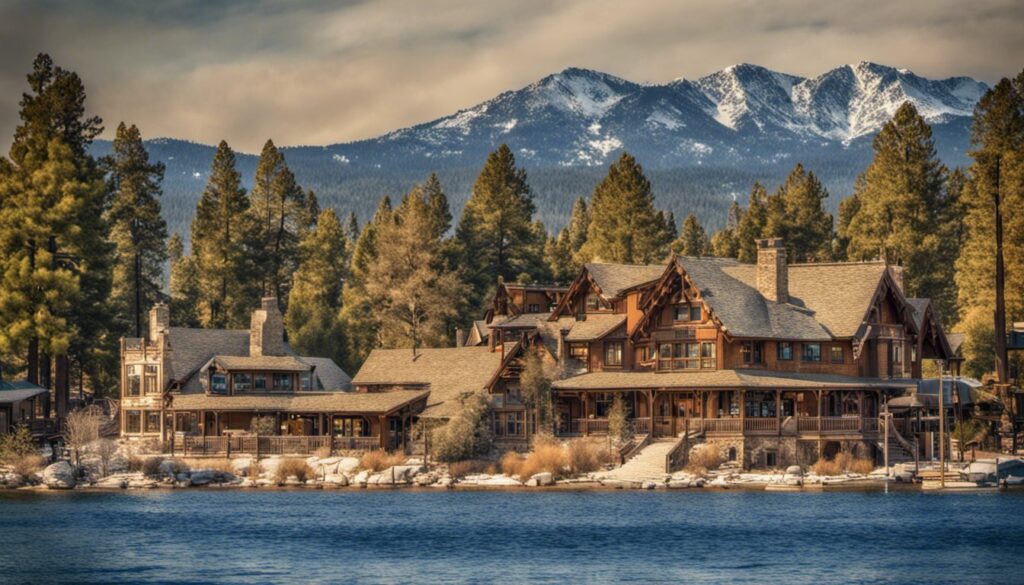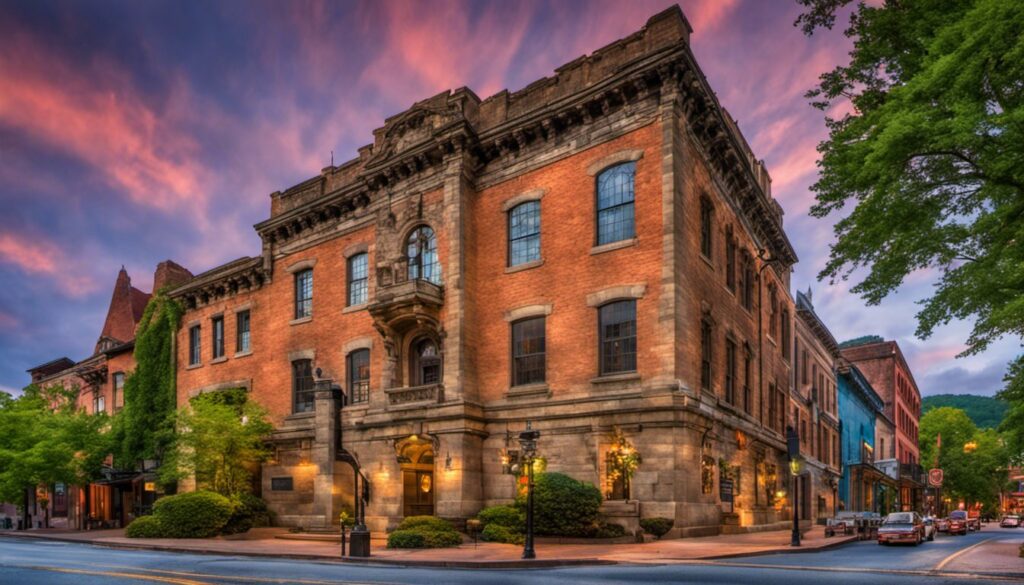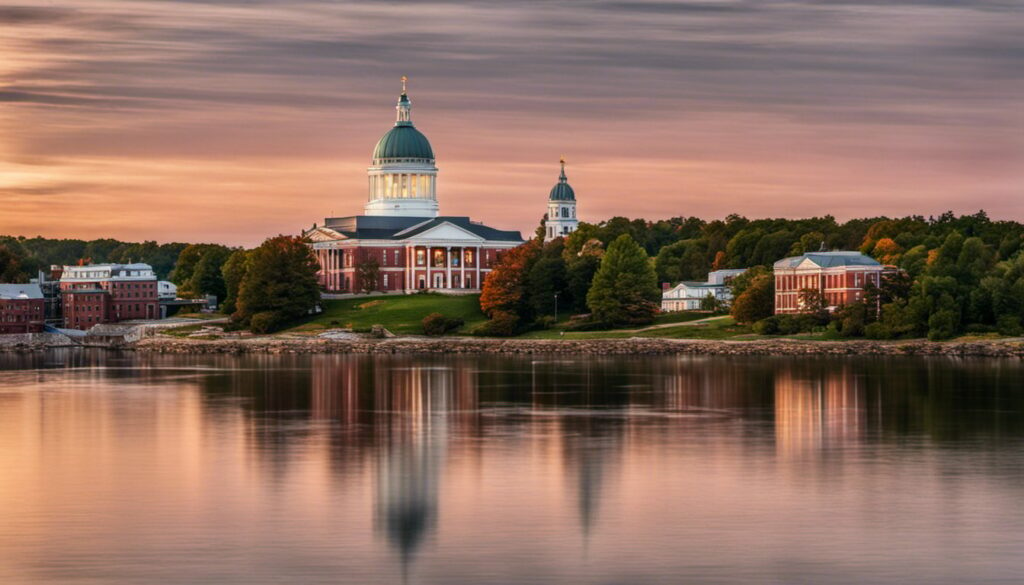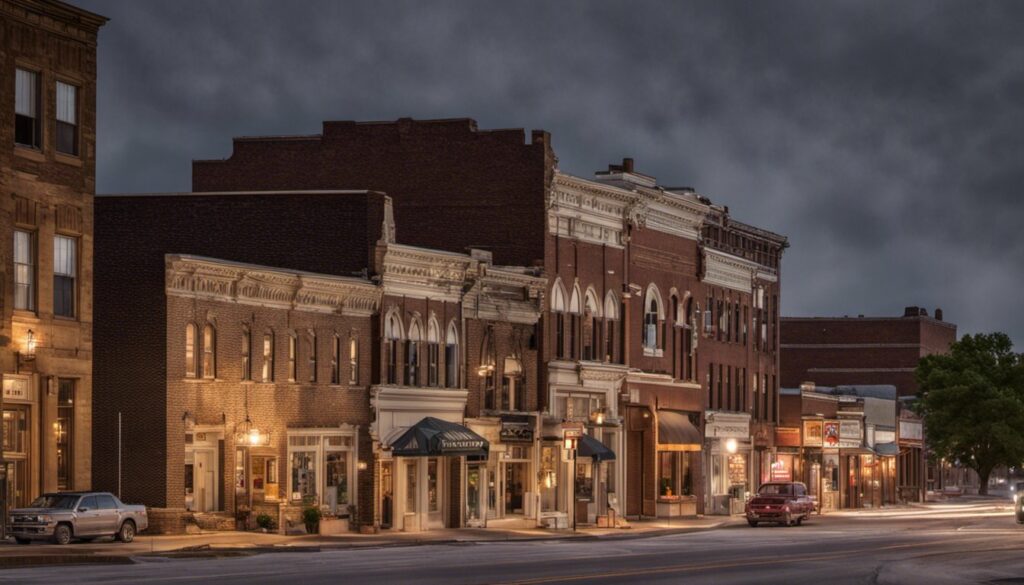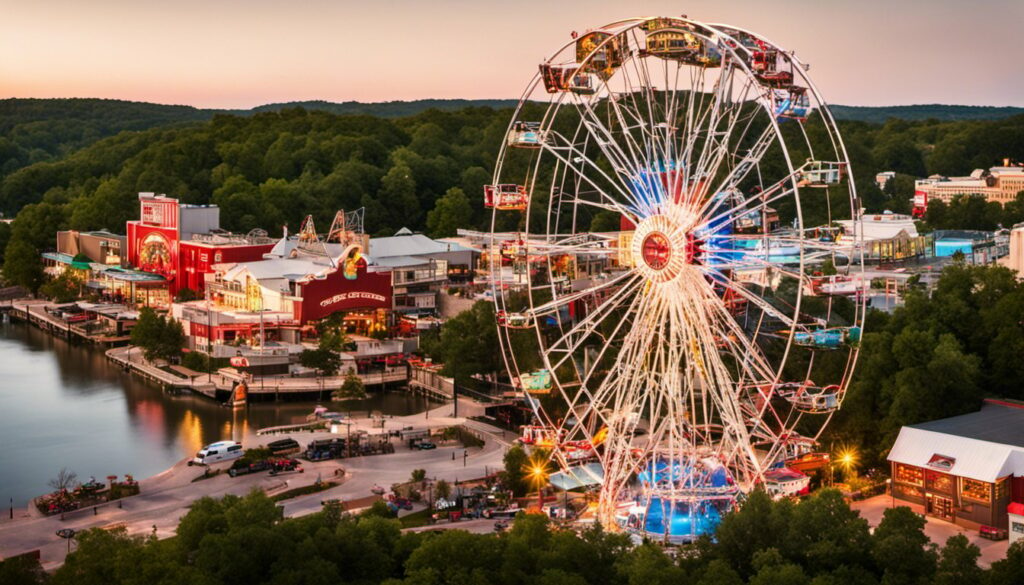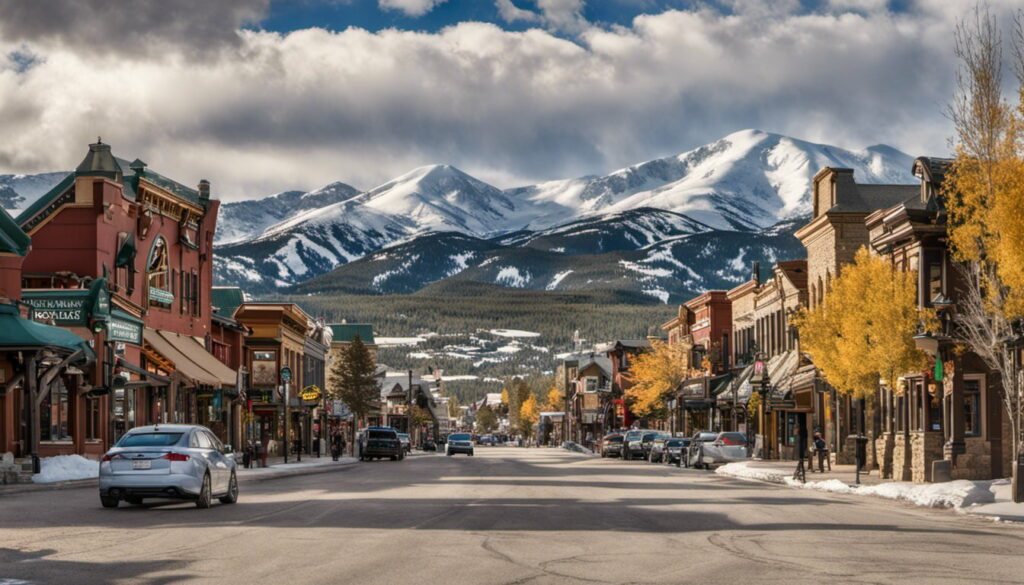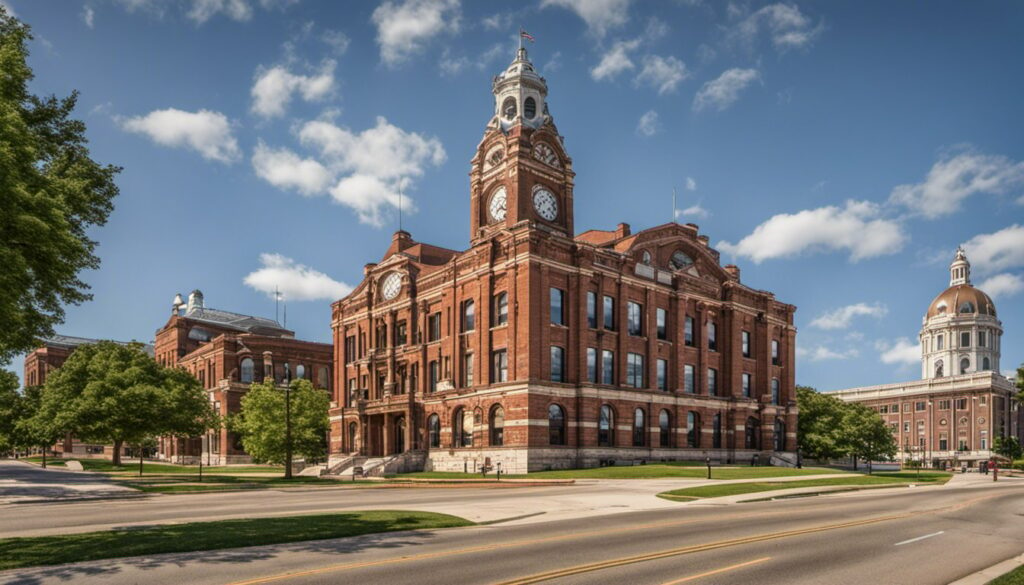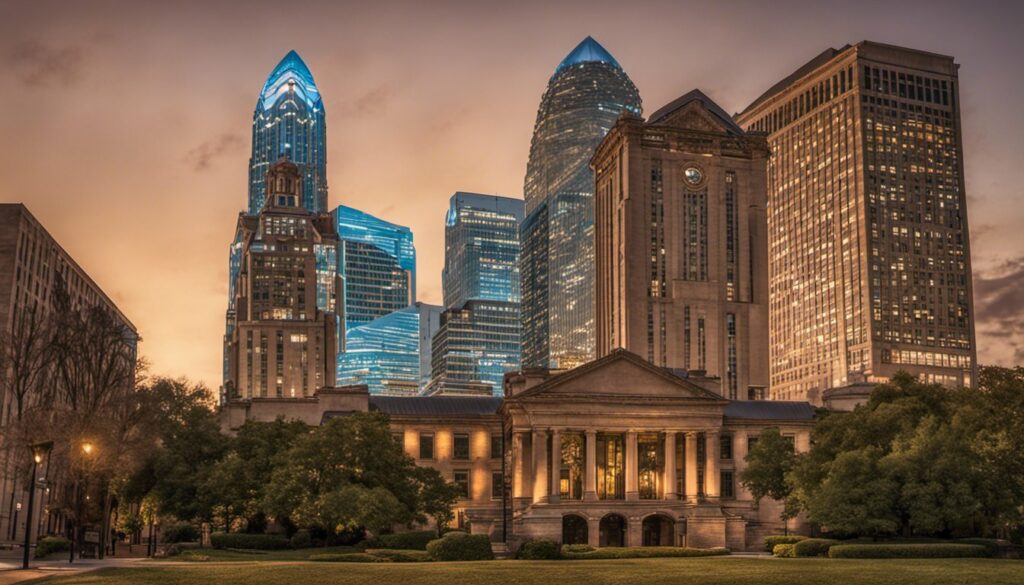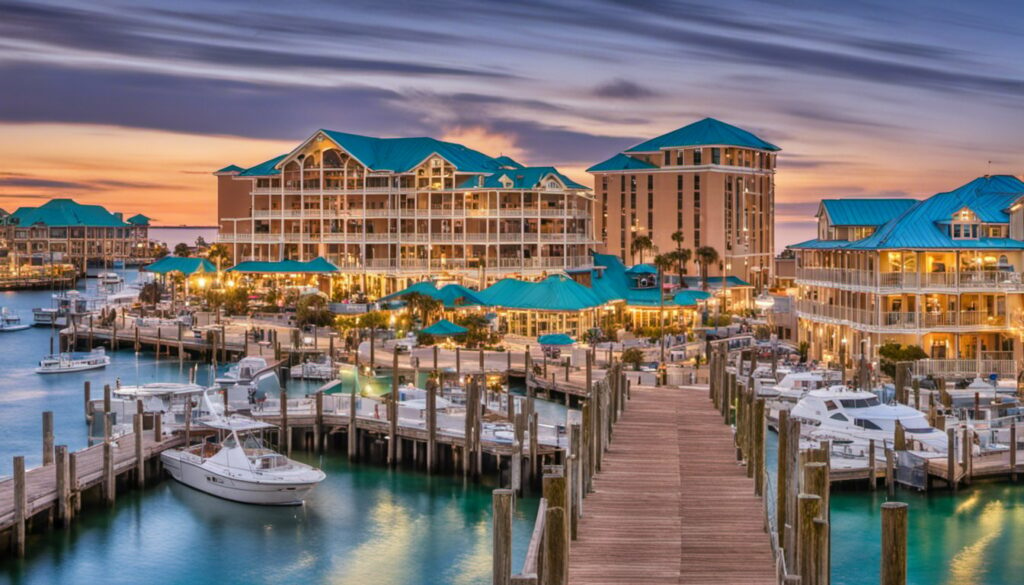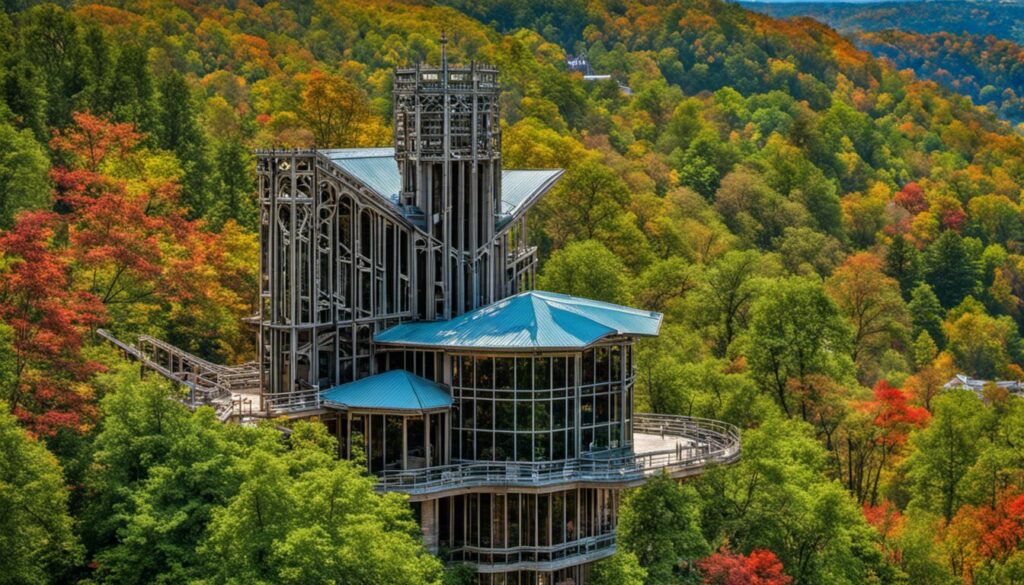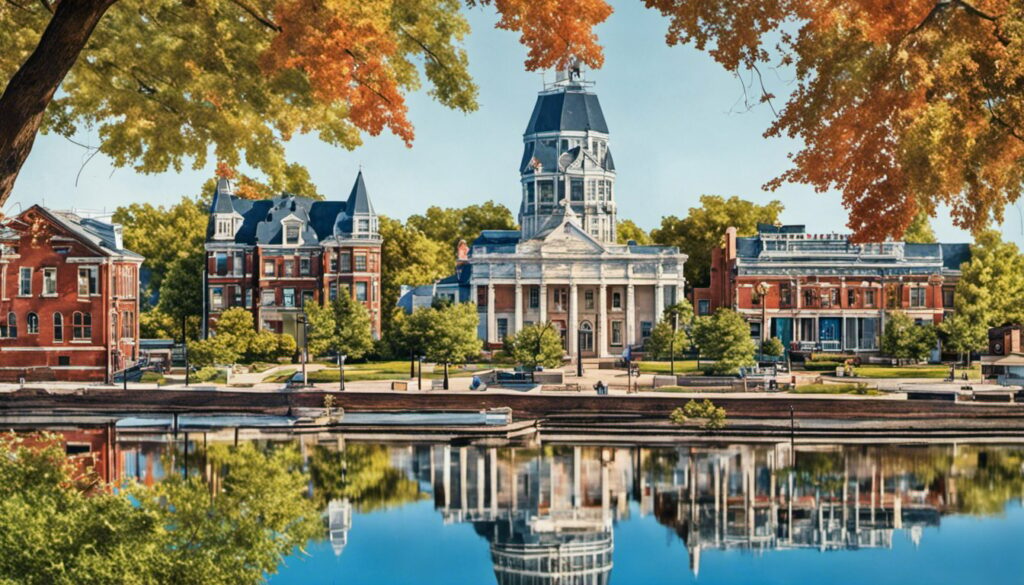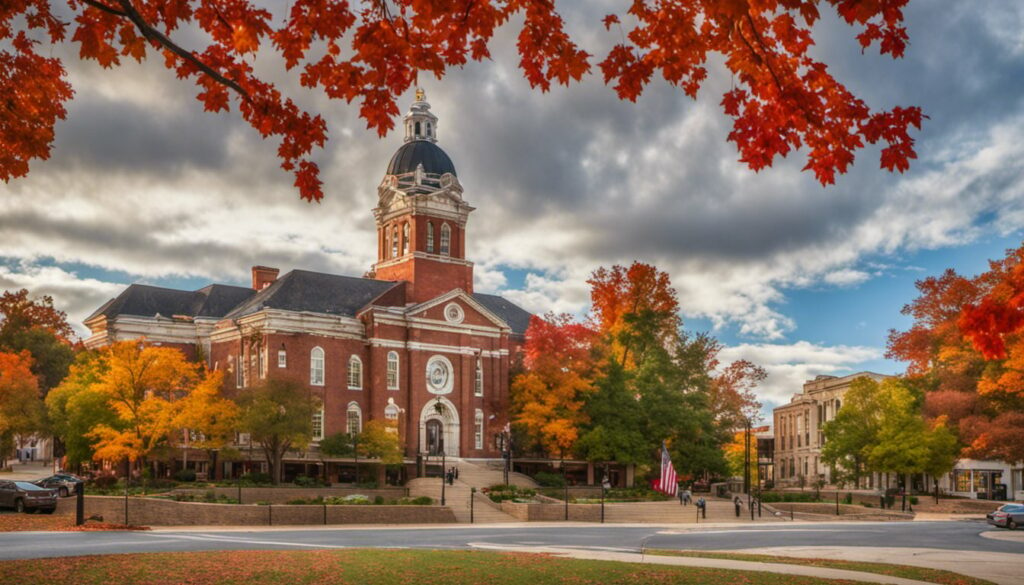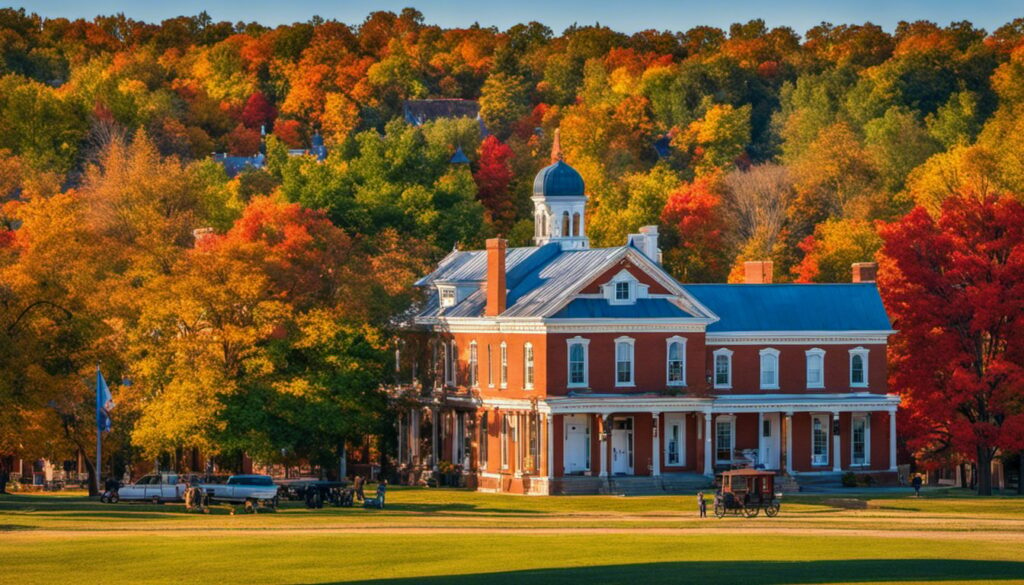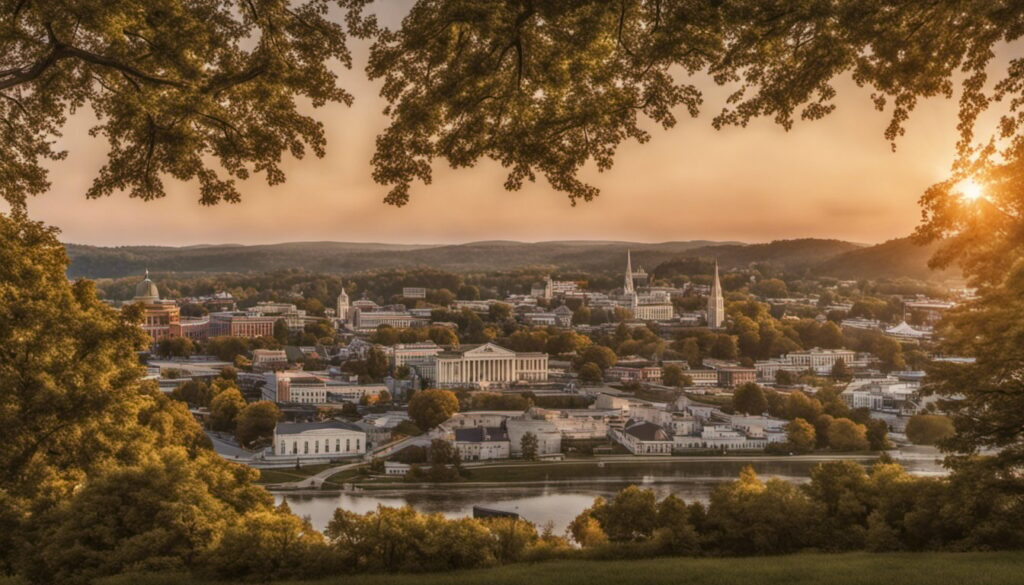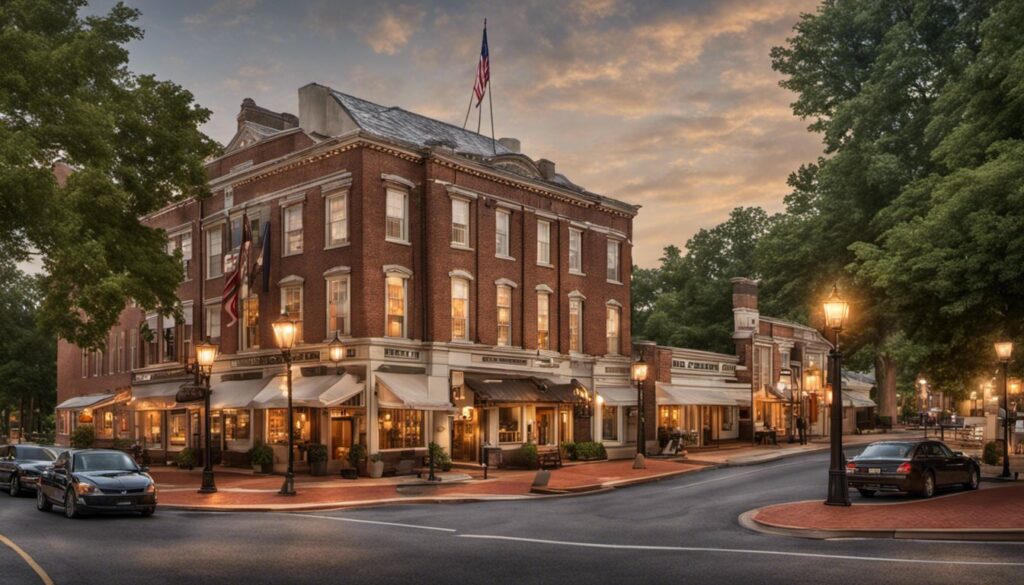Table Of Content
- Explore Georgia USA: Discover the Best Historical Sites and Famous Landmarks
- Historical Importance of Georgia
- Exploring Savannah
- Atlanta’s Famous Landmarks
- Historic Sites in Georgia
- State Historic Sites
- National Historic Landmarks
- National Monuments
- Historical Museums in Georgia
- Native American History
- Historical Landmarks Outside Major Cities
- Remembering Notable Figures
- The Gold Rush Era
- Historical Architecture
- Frequently Asked Questions
Explore Georgia USA: Discover the Best Historical Sites and Famous Landmarks
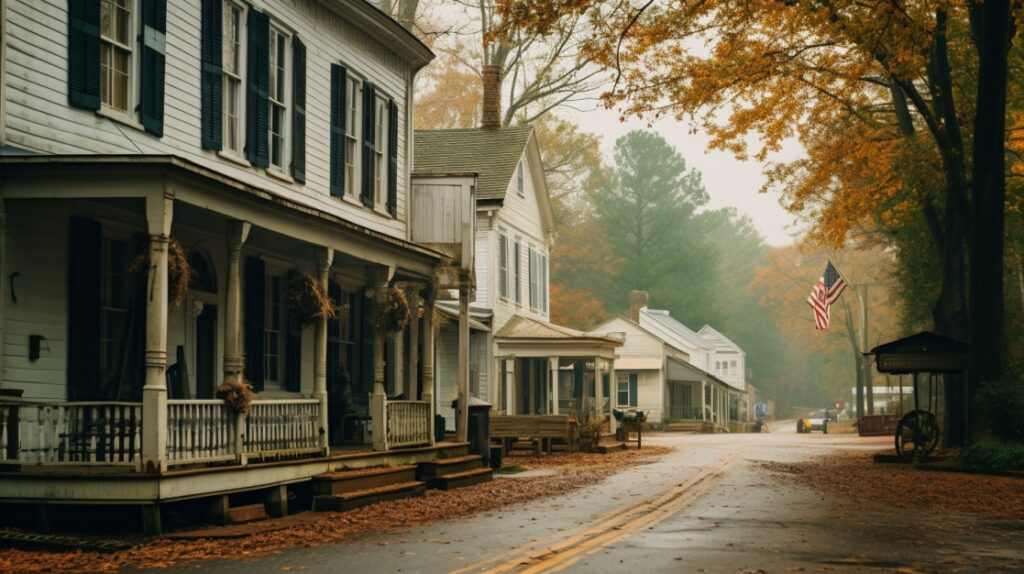
Welcome to Georgia, a state rich in history and home to a plethora of historical sites and famous landmarks. From the bustling city of Atlanta to the charming town of Savannah, Georgia offers a wide variety of experiences for history buffs and tourists alike.
Georgia has a deep historical significance, having played a pivotal role in the Civil War and being home to several Native American tribes. Exploring Savannah, one of the oldest cities in the United States, is a must-do for history enthusiasts. The city boasts a rich history, with its cobblestone streets and historic architecture. Walking tours of the city are available, allowing you to explore the city’s history and culture at your own pace.
Atlanta, the capital of Georgia, is home to several famous landmarks, including the Martin Luther King Jr. National Historical Park and the World of Coca-Cola. The city is also home to several museums, including the Atlanta History Center and the National Center for Civil and Human Rights, which provide visitors with an in-depth look at the city’s history and culture.
Key Takeaways
- Georgia is a state rich in history and home to a wide variety of historical sites and famous landmarks.
- Exploring Savannah is a must-do for history enthusiasts, with its cobblestone streets and historic architecture.
- Atlanta is home to several famous landmarks and museums, including the Martin Luther King Jr. National Historical Park and the National Center for Civil and Human Rights.
Historical Importance of Georgia
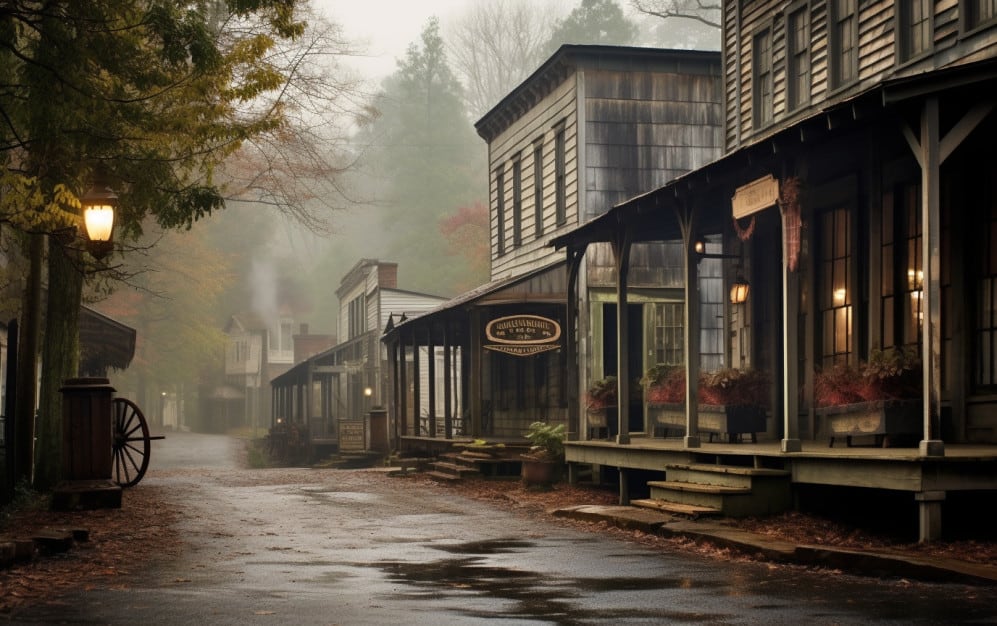
Georgia has a rich and diverse history that spans centuries. From the Native Americans who first inhabited the land to the Civil War and beyond, Georgia has played a significant role in the development of the United States. As you explore this Peach State, you will discover a wealth of historical sites, landmarks, and artifacts that tell the story of Georgia’s past.
One of the most notable events in Georgia’s history is the gold rush of the 1800s. Dahlonega Gold Museum State Historic Site, located in the town of Dahlonega, showcases the impact of the gold rush on Georgia’s economy and culture. The museum is housed in an 1836 Federal/Greek Revival building, which is the oldest surviving courthouse in Georgia. Visitors can see exhibits on the gold rush and the Trail of Tears, which ultimately led to the displacement of Native Americans from their land.
Georgia’s role in the Civil War is also a significant part of its history. The state was a major Confederate stronghold during the war, and many battles were fought on Georgia soil. Visitors can explore historic sites like Kennesaw Mountain National Battlefield Park and Andersonville National Historic Site to learn more about the Civil War and its impact on Georgia and the nation.
In addition to its military history, Georgia also played a significant role in the Civil Rights Movement. The Martin Luther King Jr. National Historic Site in Atlanta honors the life and legacy of the civil rights leader. Visitors can tour King’s birth home, see exhibits on his life and work, and visit his final resting place.
Georgia is also home to several National Historic Landmarks, including the Franklin Delano Roosevelt Little White House in Warm Springs. The house was FDR’s personal retreat and was where he passed away in 1945. Visitors can tour the house and grounds to learn more about FDR’s presidency and his role in shaping American history.
Other notable historical sites in Georgia include the Wormsloe Historic Site, a former rice plantation that dates back to the 1700s, and the Atlanta History Center, which houses exhibits on Georgia’s cultural and industrial history.
Overall, Georgia’s history is rich and diverse, and there are many attractions throughout the state that showcase its past. Whether you’re interested in the Revolutionary War, the Civil War, or the Civil Rights Movement, Georgia has something to offer everyone.
Exploring Savannah
If you’re visiting Georgia, you simply can’t miss out on exploring Savannah. This charming city is a must-see for history buffs and architecture enthusiasts alike. With so many historical sites and famous landmarks to explore, you’ll be busy for days.
Start your journey in Forsyth Park, a sprawling green space that’s perfect for a picnic or a relaxing stroll. You’ll find plenty of shaded areas and benches to sit and take in the scenery. If you’re lucky, you might even catch a concert or festival happening in the park.
Next, head over to the Savannah Historic District, a 2.5-square-mile area that’s home to over 20 city squares and a wealth of historic buildings. Take a walking tour or hop on a trolley to see the sights. Some of the must-see landmarks in this district include the Owens-Thomas House, a stunning example of Regency architecture, and the Telfair Academy, a former mansion turned art museum.
If you’re interested in learning more about Savannah’s history, be sure to visit the Chatham County Courthouse. This building dates back to the 1800s and is home to the Chatham County Historical Association. You’ll find plenty of exhibits and artifacts that tell the story of this fascinating city.
As you explore Savannah, be sure to take your time and soak up the atmosphere. This city is full of hidden gems, from quaint cafes to boutique shops. It’s the perfect destination for anyone who loves history, culture, and Southern charm.
So what are you waiting for? Pack your bags and head to Savannah for an unforgettable adventure.
Atlanta’s Famous Landmarks
If you’re looking for a city that is rich in history and culture, look no further than Atlanta, Georgia. Atlanta is home to some of the most famous landmarks in the United States, and there is no shortage of things to see and do here. From the Atlanta Botanical Garden to the Fox Theatre, you’ll find plenty of exciting exhibits and attractions to explore.
One of the most famous landmarks in Atlanta is the Dixie Coca-Cola Bottling Company Plant. This historic building is now home to the Georgia Tech Research Institute, but it was once a major bottling plant for Coca-Cola. The building is listed on the National Register of Historic Places and is a must-see for anyone interested in the history of this iconic American beverage.
Another must-see attraction in Atlanta is the Georgia Aquarium. This massive aquarium is home to thousands of species of marine life, including whale sharks, beluga whales, and sea otters. You can spend hours exploring the exhibits and learning about the incredible creatures that call the ocean home.
If you’re interested in history, be sure to visit the Swan House. This beautiful mansion was built in 1928 and was once home to the Inman family. Today, it is open to the public as a museum, and you can explore the stunning gardens and learn about the history of Atlanta’s elite families.
Of course, no visit to Atlanta would be complete without a trip to the Coca-Cola Museum. This interactive museum is a celebration of one of America’s most beloved beverages, and you can learn about the history of Coca-Cola, see vintage advertisements, and even sample some of the company’s most popular products.
Finally, be sure to catch a show at the Fox Theatre. This historic theater is a true Atlanta landmark, and it has been entertaining audiences since 1929. With its stunning architecture and world-class performances, the Fox Theatre is a must-see for anyone visiting Atlanta.
Overall, Atlanta is a city that is full of history, culture, and excitement. Whether you’re interested in exploring the city’s famous landmarks or simply soaking up the local atmosphere, you’re sure to have an unforgettable experience here.
Historic Sites in Georgia
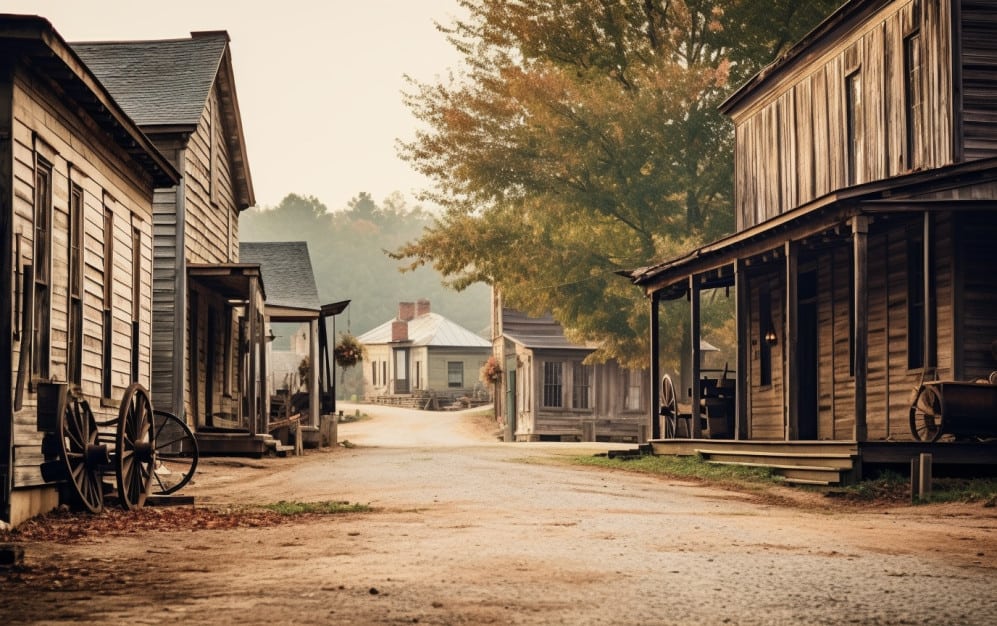
If you’re a history buff, Georgia is the perfect place to explore. The state is home to several historic sites that offer a glimpse into the past. From state historic sites to national monuments, Georgia has something for everyone.
State Historic Sites
Georgia has several state historic sites that offer visitors a chance to step back in time. Some of the most popular state historic sites in Georgia include:
Little White House Historic Site
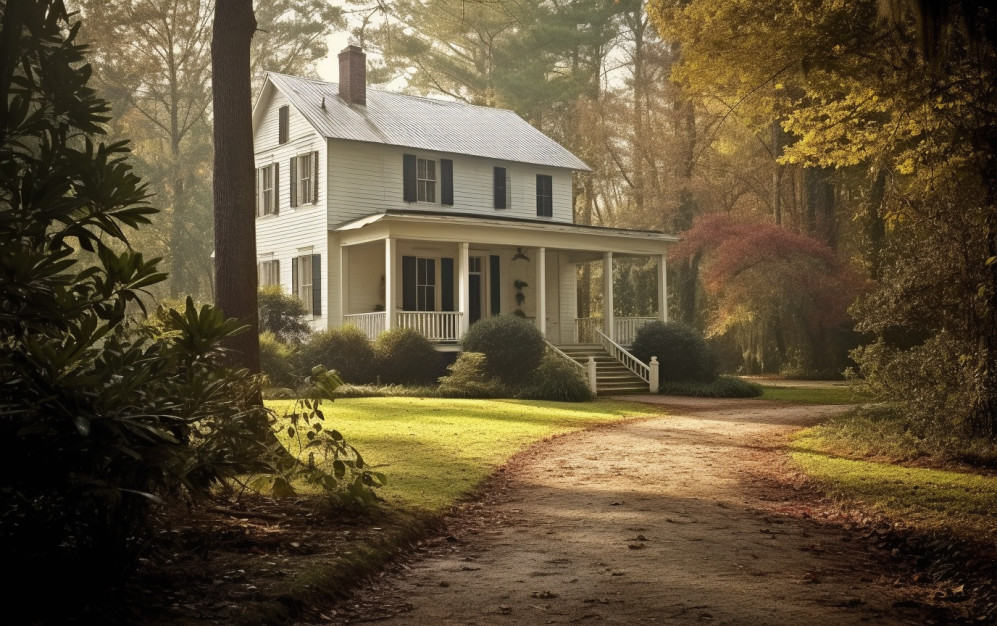
Located in Warm Springs, Georgia, the Little White House was the vacation home of President Franklin D. Roosevelt. Today, visitors can tour the home and learn about the president’s life and legacy.
Etowah Indian Mounds Historic Site
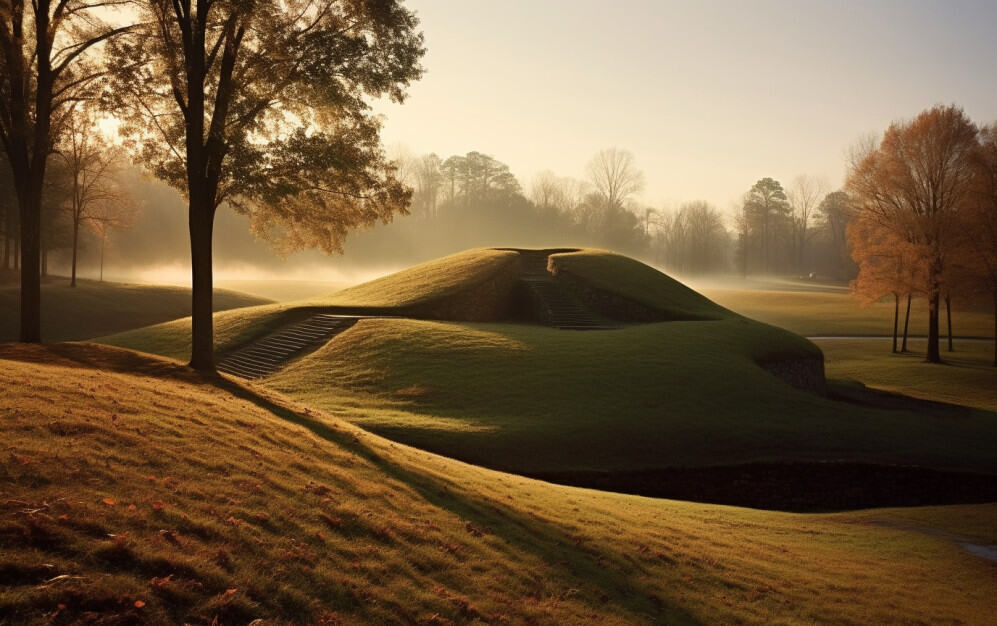
This site in Cartersville, Georgia, was once home to thousands of Native Americans between 1,000 A.D. and 1,550 A.D. Visitors can explore the mounds and learn about the history and culture of the people who once lived there.
Pickett’s Mill Battlefield Historic Site
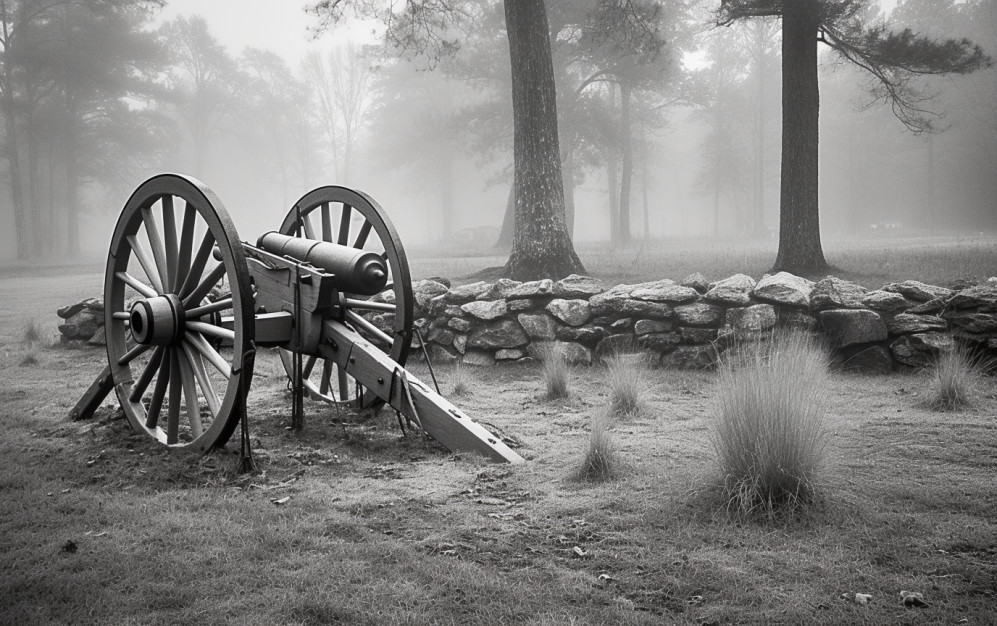
This historic site in Dallas, Georgia, was the site of a Civil War battle. Visitors can explore the battlefield and learn about the events that took place there.
Fort Morris Historic Site
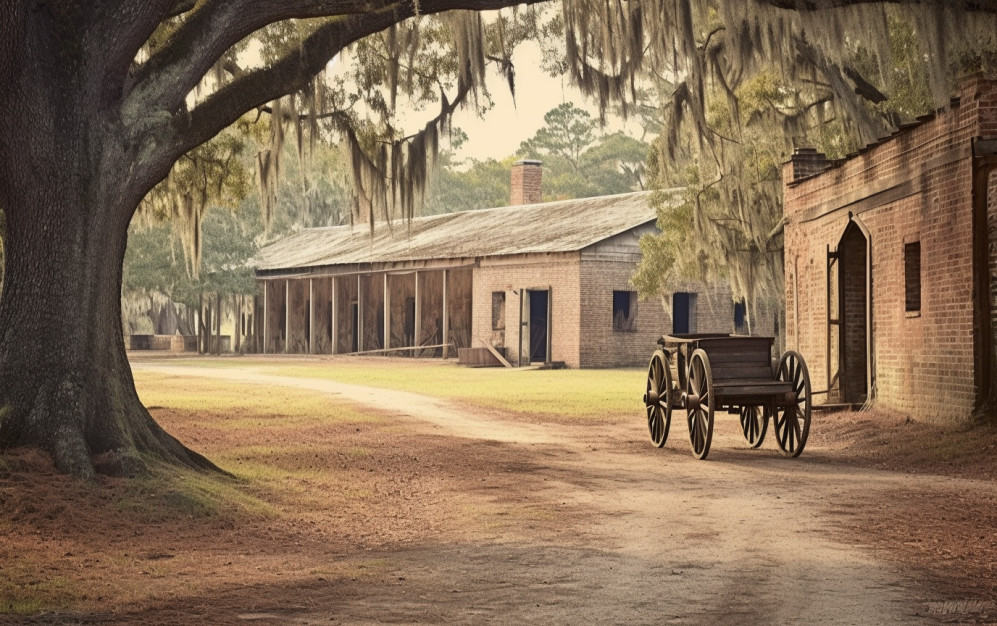
This site in Midway, Georgia, was a British fort during the Revolutionary War. Visitors can explore the fort and learn about the history of the American Revolution.
Hofwyl-Broadfield Plantation Historic Site
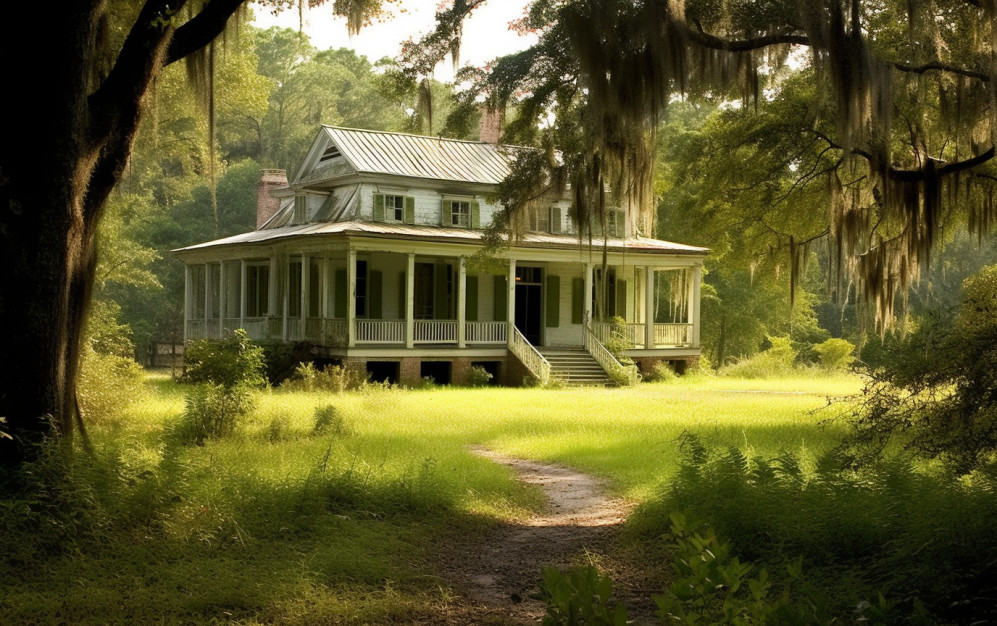
This historic site in Brunswick, Georgia, was once a rice plantation. Visitors can tour the plantation house and learn about the history of the area.
National Historic Landmarks
Georgia is also home to several national historic landmarks. These sites have been designated as places of national significance and are protected by the National Park Service. Some of the most popular national historic landmarks in Georgia include:
Martin Luther King Jr. National Historical Park
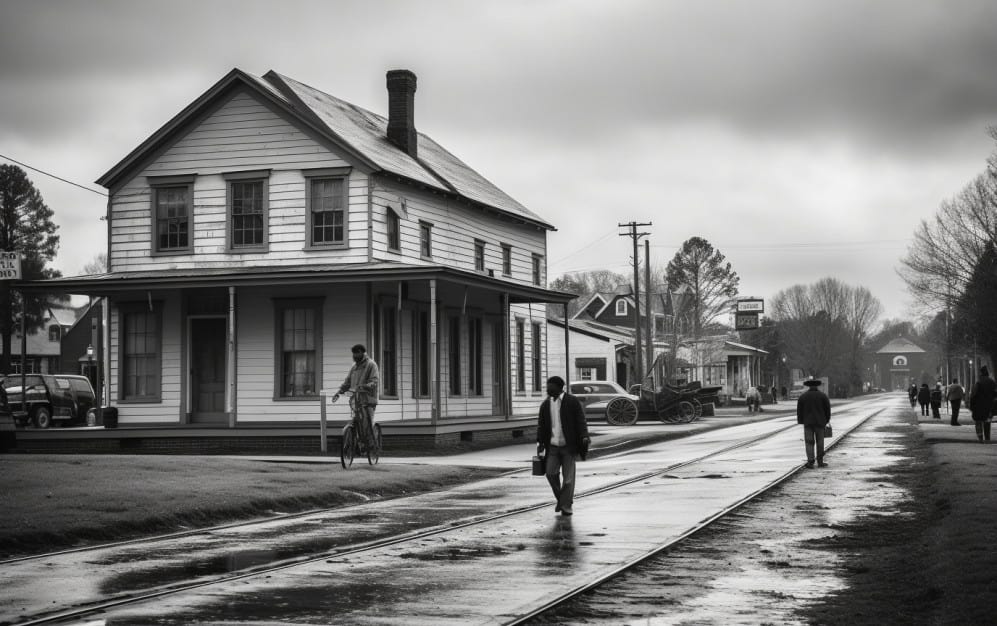
Located in Atlanta, Georgia, this park is dedicated to the life and legacy of civil rights leader Martin Luther King Jr. Visitors can tour King’s birth home, the church where he preached, and the site where he is buried.
Stone Mountain Park

This park in Stone Mountain, Georgia, is home to the world’s largest piece of exposed granite. The mountain features a carving of Confederate leaders Robert E. Lee, Stonewall Jackson, and Jefferson Davis.
Andersonville National Historic Site
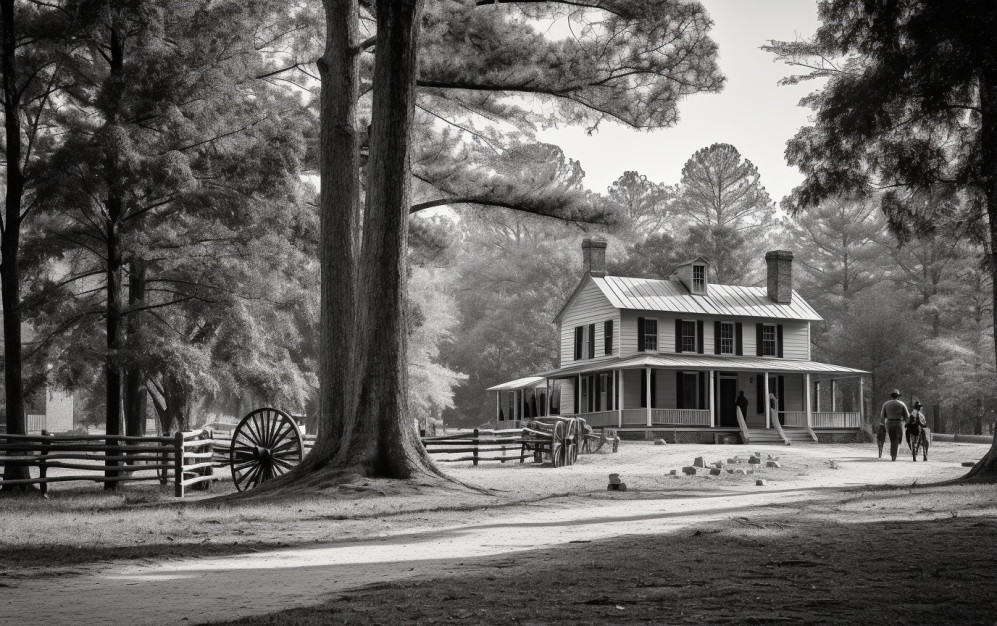
This site in Andersonville, Georgia, was a Confederate prisoner-of-war camp during the Civil War. Visitors can explore the camp and learn about the experiences of the prisoners who were held there.
National Monuments
Finally, Georgia is home to several national monuments. These sites have been designated as places of national significance and are protected by the National Park Service. Some of the most popular national monuments in Georgia include:
Fort Frederica National Monument
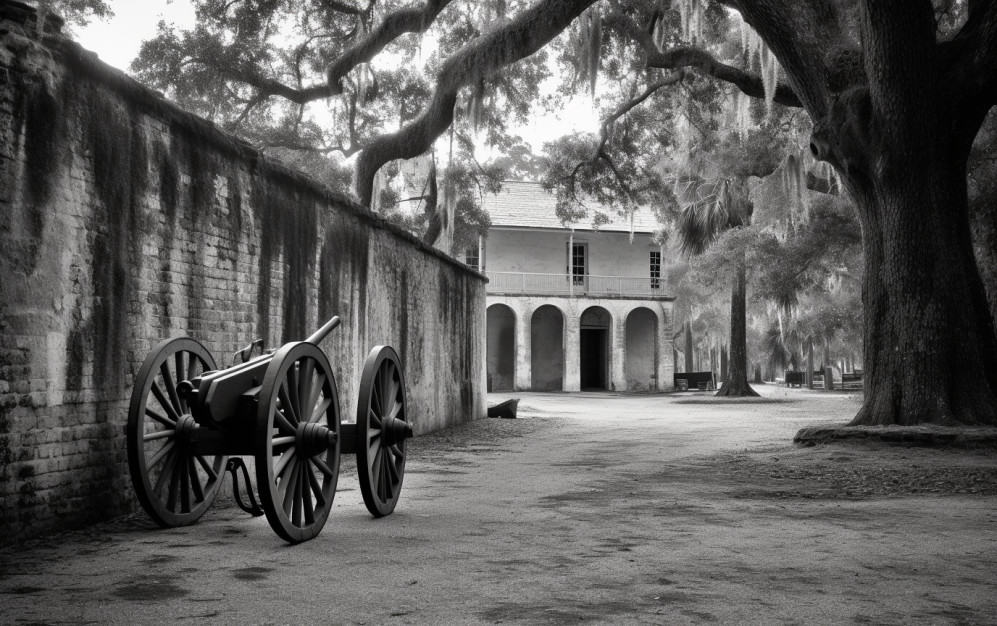
This monument on St. Simons Island, Georgia, was a British fort during the Colonial period. Visitors can explore the fort and learn about the history of the area.
Fort Pulaski National Monument
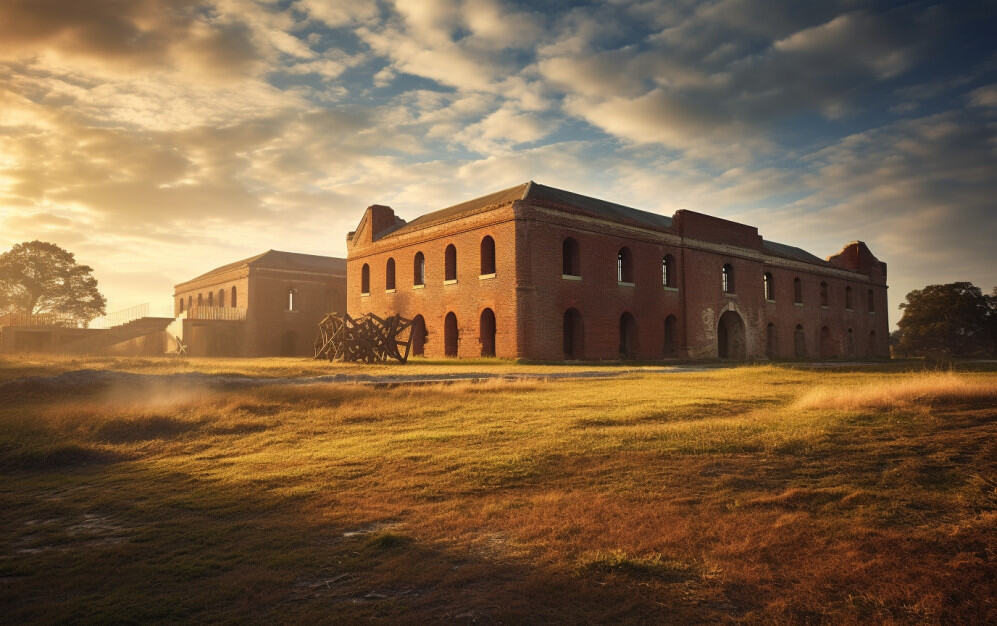
This monument in Savannah, Georgia, was a Civil War fort. Visitors can explore the fort and learn about the events that took place there.
Wormsloe Historic Site
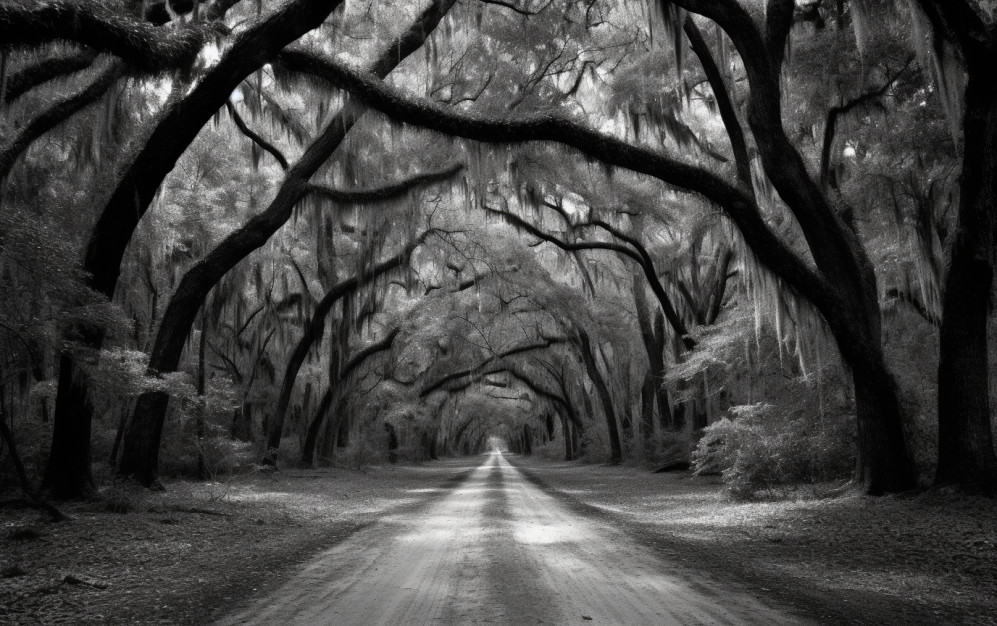
This historic site in Savannah, Georgia, was once the home of Noble Jones, one of Georgia’s earliest settlers. Visitors can tour the ruins of Jones’ home and learn about the history of the area.
Georgia’s historic sites, national historic landmarks, and national monuments offer visitors a chance to explore the state’s rich history. Whether you’re interested in Native American culture, the American Revolution, or the Civil War, Georgia has something for everyone.
Historical Museums in Georgia
If you’re a history buff, you’ll be thrilled to know that Georgia is home to a number of fascinating historical museums. Here are a few that you won’t want to miss:
Georgia Capitol Museum

Located in Atlanta, this museum is dedicated to the history of Georgia’s state government. You can explore exhibits on Georgia’s governors, learn about the legislative process, and view artifacts from the state’s history. Admission is free, making it a great option for budget-conscious travelers.
Atlanta History Center
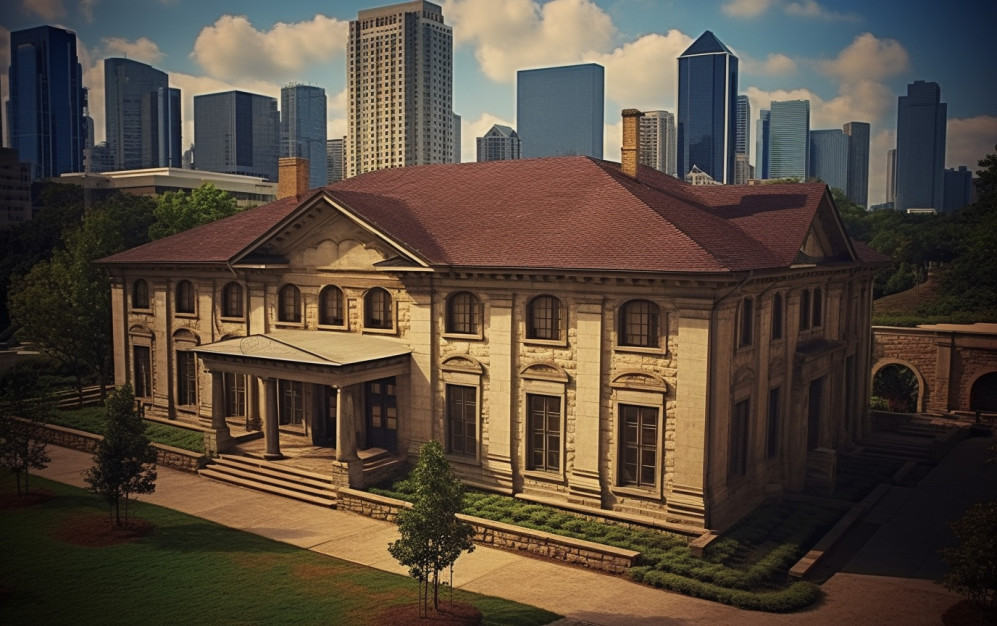
This museum is a must-visit for anyone interested in the history of Atlanta and the American South. The center features exhibits on the Civil War, the Civil Rights Movement, and the history of Atlanta itself. You can also tour historic homes and gardens on the center’s grounds.
National Museum of the Mighty Eighth Air Force

Located in Pooler, this museum is dedicated to the history of the Eighth Air Force, which played a crucial role in World War II. You can view exhibits on the planes and equipment used by the Eighth Air Force, as well as learn about the experiences of the men and women who served in the unit.
Telfair Museums
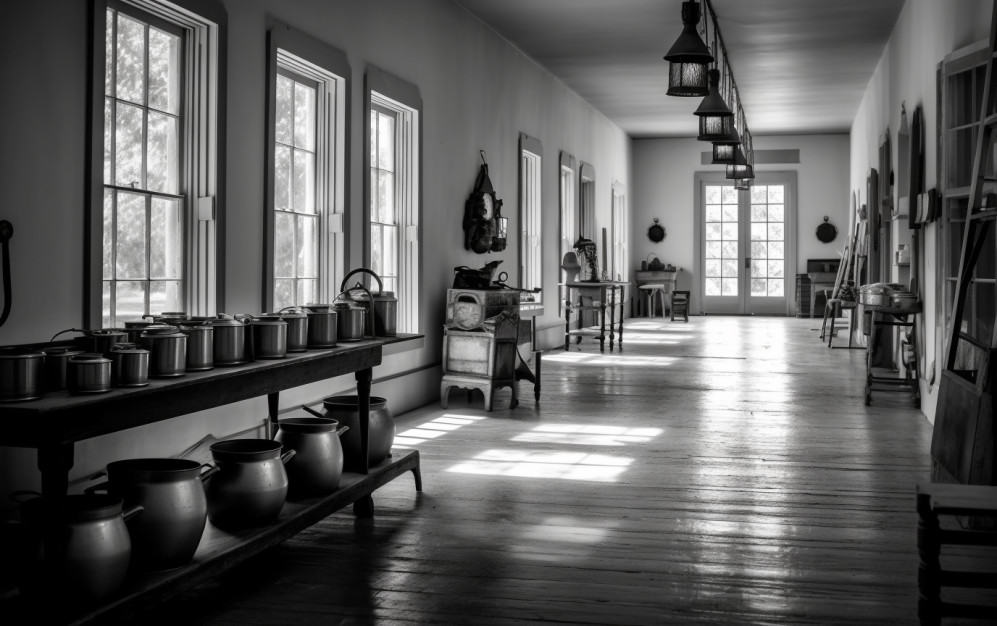
This collection of three museums in Savannah includes the Telfair Academy, the Owens-Thomas House, and the Jepson Center. The Telfair Academy features American and European art, while the Owens-Thomas House is a historic home with period furnishings. The Jepson Center features contemporary art and interactive exhibits.
William Breman Jewish Heritage Museum
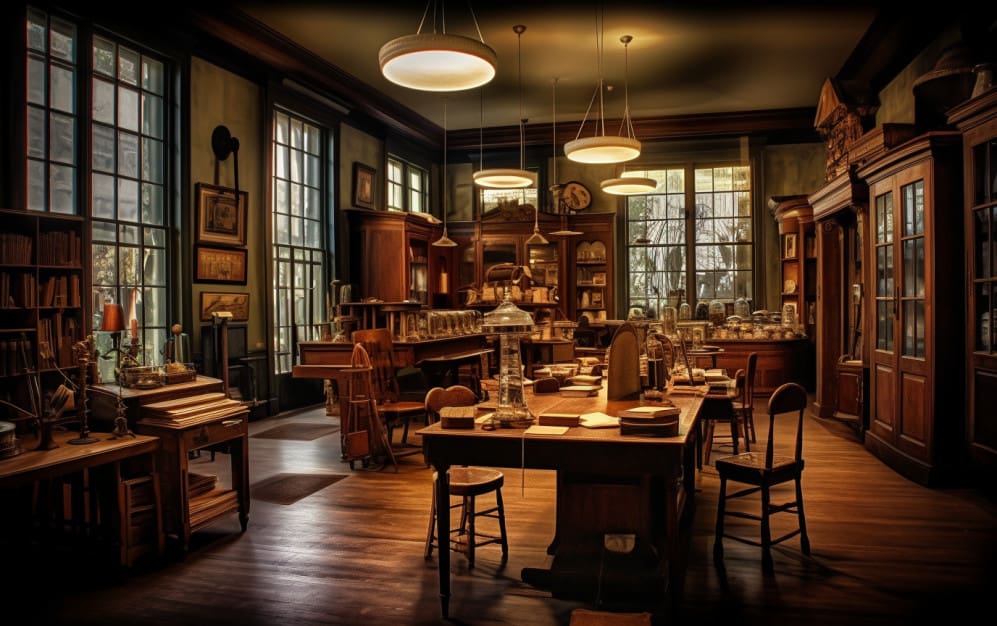
Located in Atlanta, this museum tells the story of Jewish life in Georgia and the American South. You can view exhibits on the history of Jewish immigration to the region, as well as learn about the contributions of Jewish Georgians to the state’s culture and economy.
These are just a few of the many historical museums that Georgia has to offer. Whether you’re interested in politics, aviation, or art, you’re sure to find a museum that piques your interest. So why not plan a trip to Georgia and explore the state’s rich history for yourself?
Civil War Battlefields
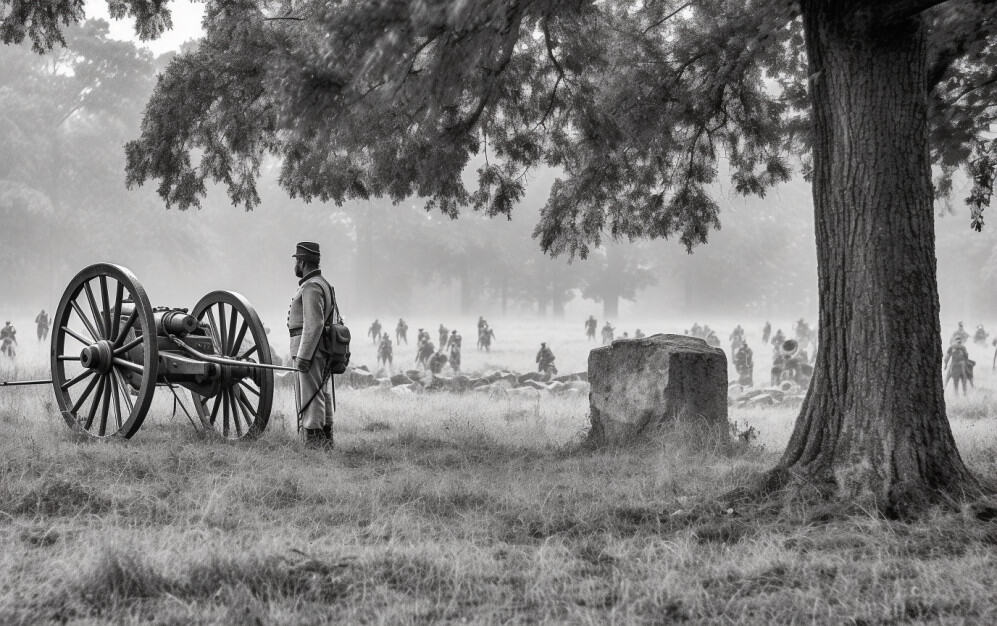
If you’re a history buff, you can’t miss the opportunity to visit some of the most significant Civil War battlefields in Georgia. These sites will transport you back in time to one of the most critical periods in American history.
One of the most famous Civil War battlefields in Georgia is the Kennesaw Mountain National Battlefield Park. This park was the site of the Battle of Kennesaw Mountain, which took place on June 27, 1864. The battle was part of General Sherman’s Atlanta Campaign, and it was one of the most significant engagements of the Civil War. Today, you can visit the park and explore the battlefield, which has been preserved as a National Historic Landmark.
Another essential Civil War site in Georgia is the Chickamauga & Chattanooga National Military Park. This park marks the location of one of the most important American Civil War battles. Georgia’s Civil War battlefields are known for creating a pathway for the Union Army into Atlanta, which ultimately led to the end of the bloody war.
Stop by the Andersonville National Historic Site, the location of Camp Sumter, one of the largest military prisons established by the Confederacy. Over 45,000 Union soldiers walked through its gates in the 14 months it was in operation. Today, the site showcases the old prison, Andersonville National Cemetery, and the National Prisoner of War Museum.
Georgia is home to many other Civil War battlefields, including the Battle of Atlanta, the Battle of Resaca, and the Battle of Peachtree Creek. Each of these sites played a critical role in the Civil War and offers a unique perspective on this tumultuous time in American history.
Whether you’re a Civil War buff or just interested in learning more about this period in American history, Georgia’s Civil War battlefields are a must-visit. So pack your bags and head to Georgia to explore these historic sites for yourself!
Native American History
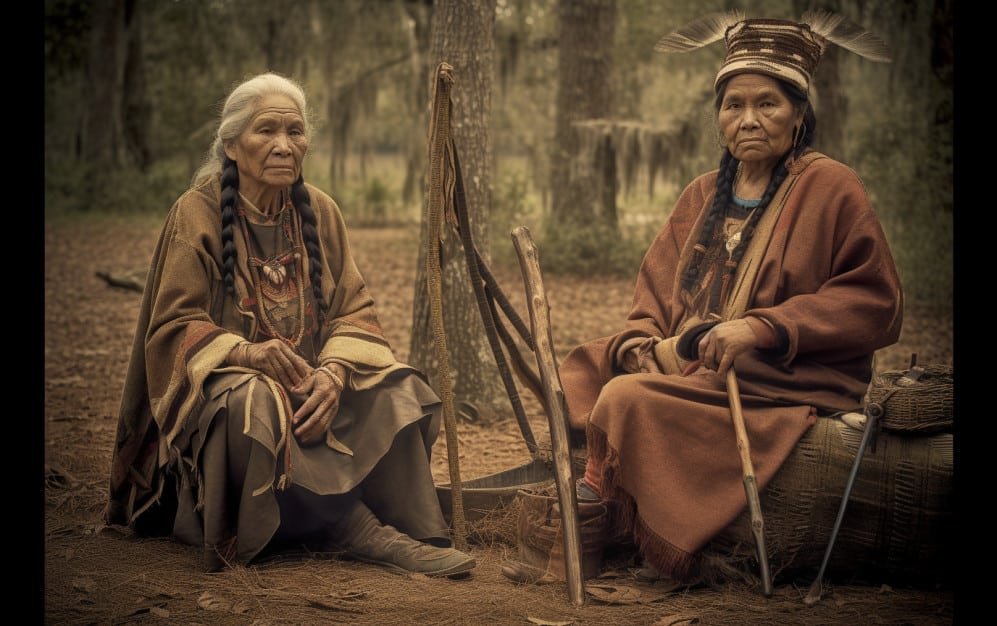
Georgia has a rich Native American history that dates back thousands of years. The Cherokee Nation was one of the largest and most prominent tribes in Georgia and the Southeast. They were forcibly removed from their land in the 1830s and forced to march along the Trail of Tears to Oklahoma. Today, there are still Cherokee communities in Georgia, and visitors can learn about their history and culture at various sites throughout the state.
One of the most impressive Native American sites in Georgia is the Etowah Mounds. These mounds were built by the Mississippian culture between 1000 and 1550 AD. The site includes six earthen mounds, a plaza, and a museum with artifacts from the Mississippian era. Visitors can explore the mounds and learn about the culture and history of the people who built them.
Another important Native American site in Georgia is the Etowah Indian Mounds State Historic Site. This site is located in Cartersville and is home to six earthen mounds that were built by the Mississippian culture. Visitors can climb to the top of the mounds and enjoy stunning views of the surrounding area. The site also includes a museum with artifacts from the Mississippian era and a gift shop.
James Oglethorpe, the founder of Georgia, had a complicated relationship with Native Americans. He initially believed that the colony should be a refuge for persecuted Protestants and Native Americans. However, he later became involved in conflicts with various tribes, including the Creek and the Cherokee. Despite this, Oglethorpe’s legacy is an important part of Georgia’s history and his contributions to the state should not be overlooked.
Overall, Georgia’s Native American history is a fascinating and important part of the state’s heritage. From the Cherokee Nation to the Etowah Mounds, there are many sites throughout the state where you can learn about the rich culture and history of Georgia’s Native American tribes.
Historical Landmarks Outside Major Cities
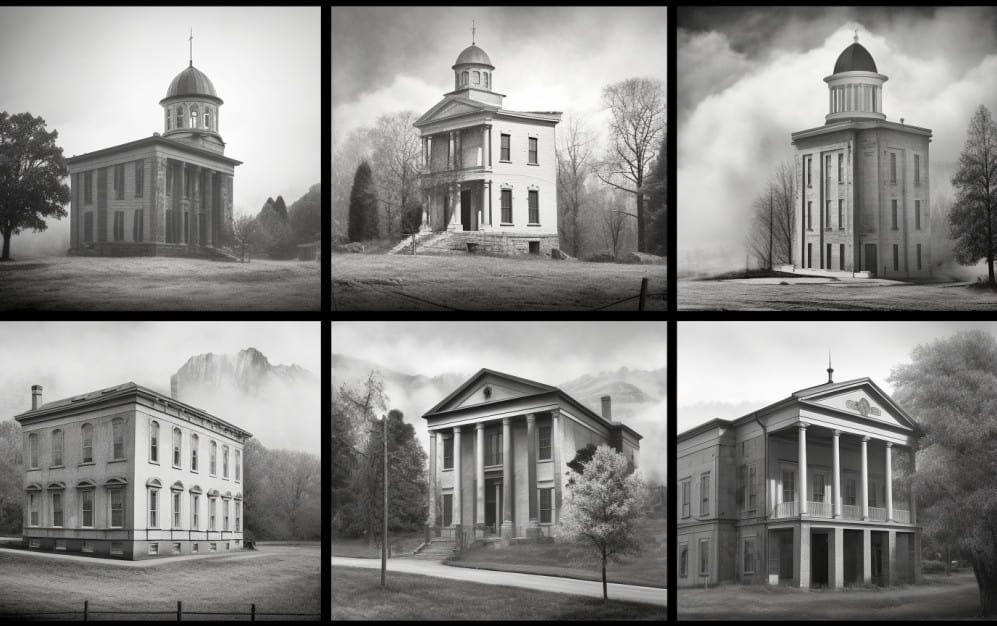
If you’re looking to explore Georgia’s rich history, there are plenty of historical landmarks outside of the major cities that are worth checking out. From the Altamaha River to the Italian Renaissance Revival, there’s something for everyone.
One must-visit landmark is the Jarrell Plantation Historic Site in Juliette, Georgia. This site is a preserved 19th-century plantation that offers a glimpse into the lives of the Jarrell family and their slaves. You can take a guided tour of the plantation, visit the museum, and explore the gardens and nature trails.
Another historical landmark worth exploring is the Warm Springs Historic District in Warm Springs, Georgia. This district is home to the Little White House, where President Franklin D. Roosevelt spent much of his time during his presidency. You can tour the house, visit the museum, and learn about the history of the area.
If you’re interested in architecture, you won’t want to miss the Woodrow Wilson Presidential Library and Museum in Augusta, Georgia. This museum is housed in a beautiful Italian Renaissance Revival mansion and offers a fascinating look at the life and presidency of Woodrow Wilson.
For a taste of small-town Georgia, head to Lumpkin, Georgia, and visit the Westville Historic Village. This village is a living history museum that showcases what life was like in rural Georgia in the 1850s. You can explore the village, watch demonstrations of traditional crafts, and learn about the history of the area.
Finally, if you’re a fan of the outdoors, be sure to check out the Altamaha River in southeast Georgia. This river is the third-largest river in Georgia and is home to a diverse range of wildlife, including alligators, bald eagles, and river otters. You can take a guided tour of the river, go fishing, or simply enjoy the beautiful scenery.
Overall, Georgia is full of fascinating historical landmarks outside of the major cities. Whether you’re interested in architecture, history, or the great outdoors, there’s something for everyone to explore.
Remembering Notable Figures
Georgia is home to many historical sites and landmarks that are dedicated to notable figures who have left their mark on the state and the nation. Here are a few places where you can learn more about some of Georgia’s most famous and influential citizens.
Franklin D. Roosevelt’s Little White House
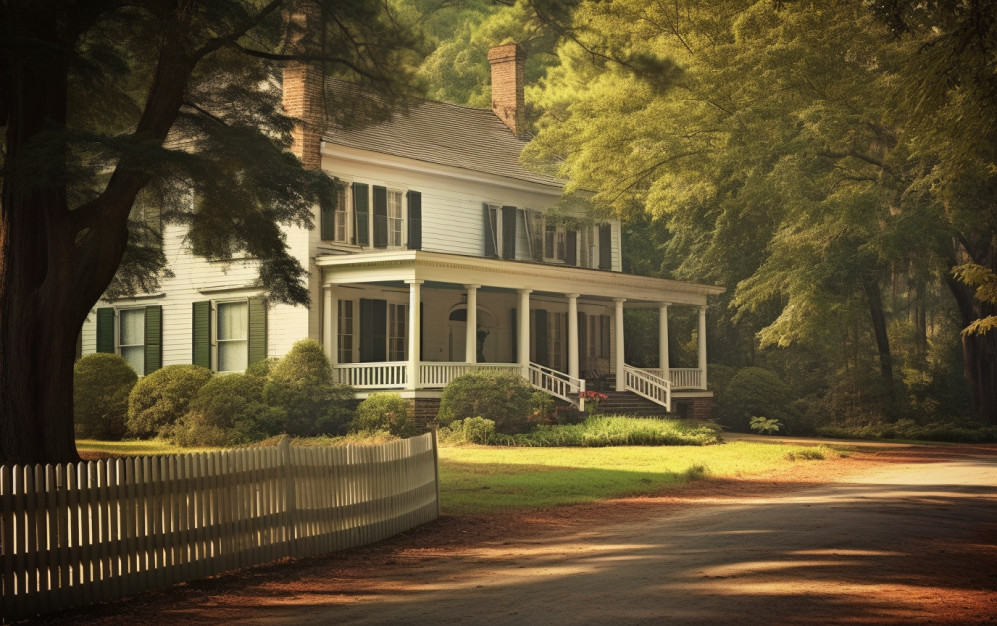
Franklin D. Roosevelt, the 32nd President of the United States, spent many winters at his “Little White House” in Warm Springs, Georgia. Today, the house is a museum that tells the story of Roosevelt’s life and presidency. You can see the room where he died and the unfinished portrait of him that was being painted when he passed away. The museum also has exhibits about the Great Depression, World War II, and the New Deal.
Joel Chandler Harris Home

Joel Chandler Harris was a journalist and author who is best known for writing the “Uncle Remus” stories. His home in Atlanta, Georgia is now a museum that celebrates his life and work. You can see the room where he wrote the “Uncle Remus” stories and learn about his contributions to American literature.
Jefferson Davis Memorial Historic Site
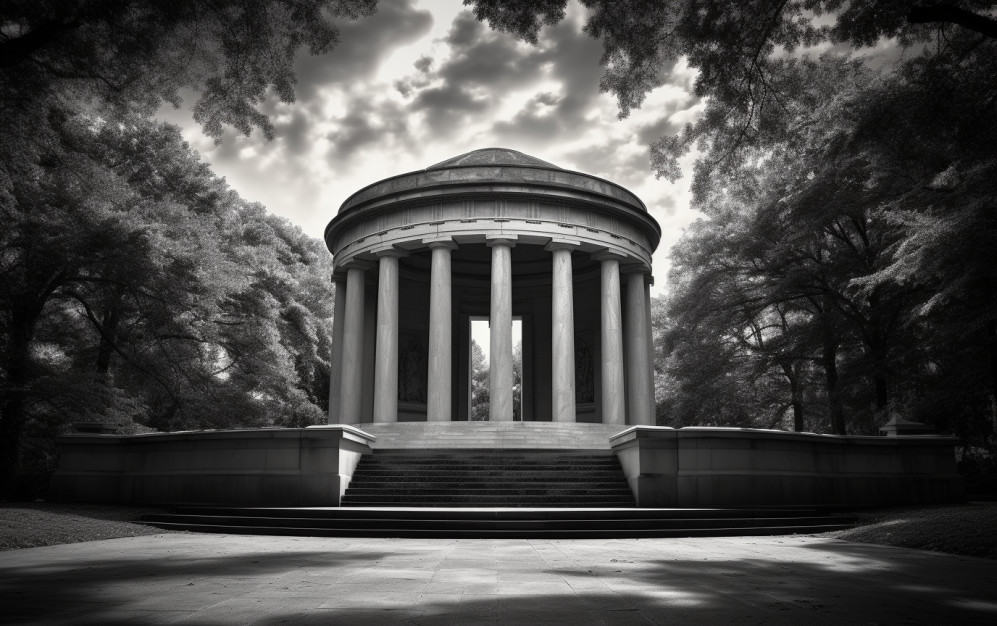
The Jefferson Davis Memorial Historic Site in Fitzgerald, Georgia is dedicated to the memory of the President of the Confederacy during the American Civil War. The site includes a museum that tells the story of Davis’s life and presidency, as well as a monument that honors his legacy.
Boyhood Home of Martin Luther King Jr.
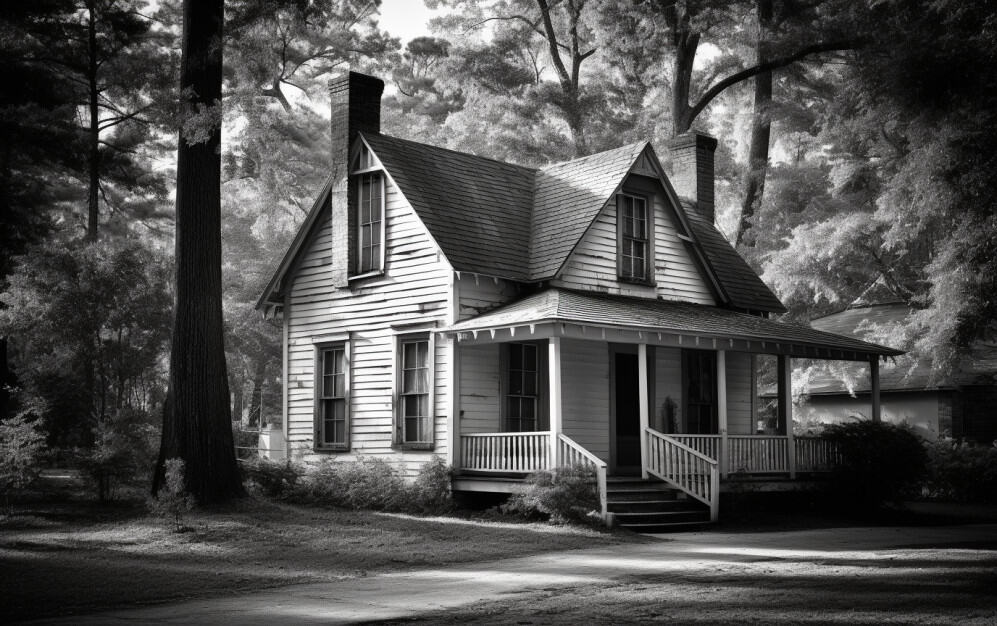
The boyhood home of Martin Luther King Jr. in Atlanta, Georgia is a National Historic Site that celebrates the life and legacy of the civil rights leader. You can tour the house where King grew up and learn about his childhood and early years as a minister. The site also includes exhibits about the civil rights movement and King’s impact on American history.
Childhood Home of Jimmy Carter

Jimmy Carter, the 39th President of the United States, grew up in Plains, Georgia. His childhood home is now a museum that tells the story of his life and presidency. You can see the room where he was born and learn about his early years as a farmer and politician.
Georgia is rich in history and culture, and these sites are just a few examples of the many places where you can learn about the people who have shaped the state and the nation.
The Gold Rush Era
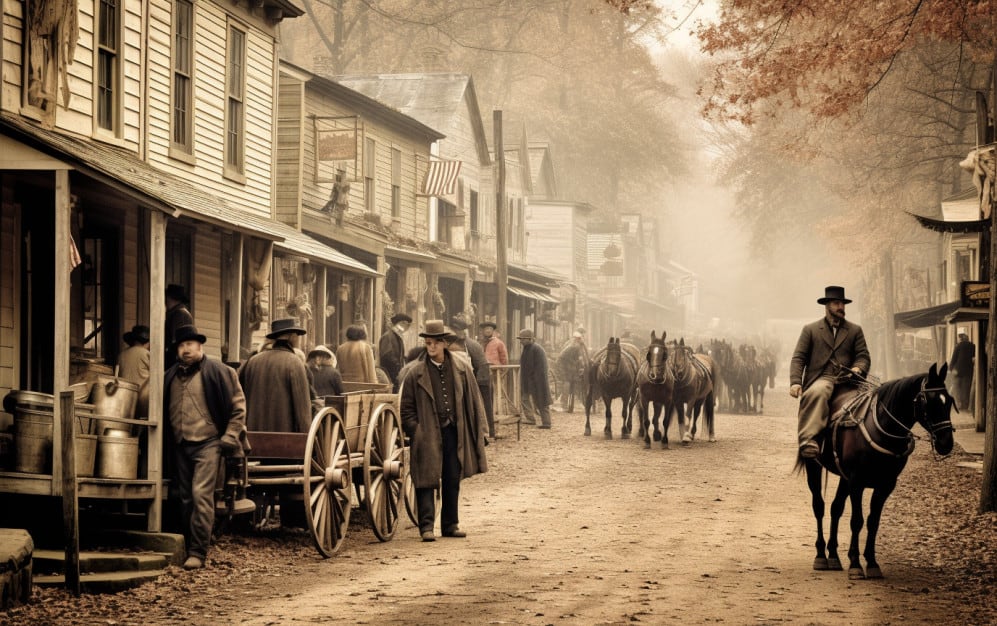
You are about to embark on a journey back in time to the Gold Rush Era of Georgia. This exciting period in history brought thousands of hopeful prospectors to the state in search of their fortunes. The discovery of gold in Georgia in 1828 sparked a rush that lasted for decades and left its mark on the state’s landscape and culture.
One of the most iconic landmarks of the Gold Rush Era is the Dahlonega Gold Museum. Housed in the old Lumpkin County Courthouse, the museum showcases the history of the gold rush and the impact it had on Georgia and the nation. The museum is home to numerous exhibits and artifacts, including gold coins, mining equipment, and even a working stamp mill.
The Calhoun Mine is another fascinating site from the Gold Rush Era. Located in Dahlonega, this mine was once one of the most productive in the state, producing over 2 million ounces of gold. Today, visitors can explore the mine and learn about the techniques and tools used by miners during the Gold Rush.
In addition to the Dahlonega Gold Museum and Calhoun Mine, there are many other sites and landmarks that offer a glimpse into Georgia’s Gold Rush Era. The old Lumpkin County Courthouse, for example, is a beautiful example of Greek Revival architecture and is now home to the Dahlonega Gold Museum. And the town of Polio, once a bustling mining community, is now a ghost town that offers a haunting glimpse into the past.
The Gold Rush Era was a time of excitement and opportunity in Georgia’s history. Today, visitors can explore the state’s rich heritage and learn about the people and places that shaped it. So grab your pickaxe and get ready to discover the treasures of Georgia’s Gold Rush Era!
Historical Architecture
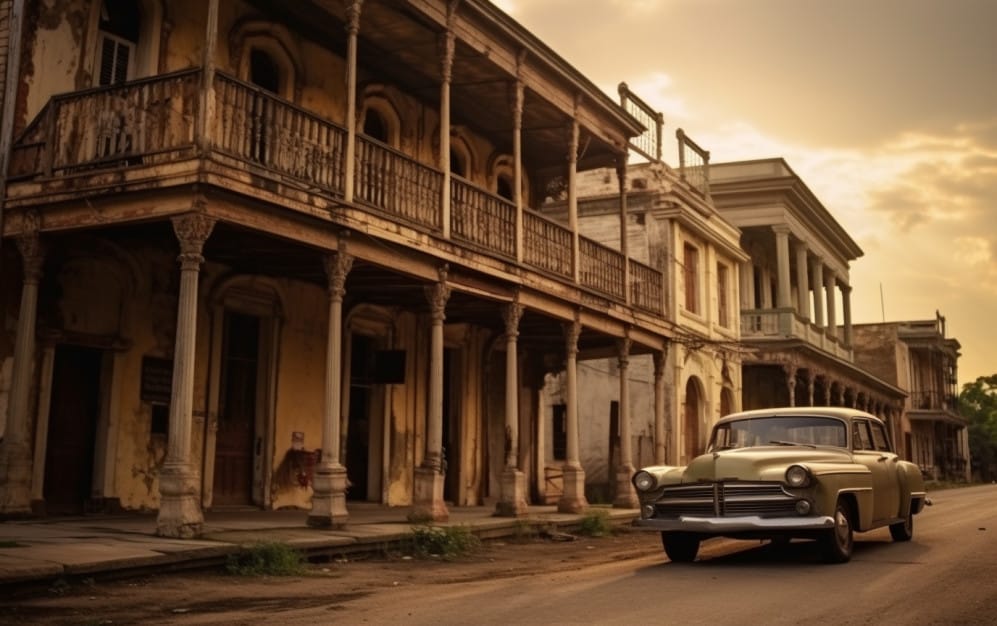
Georgia is home to some of the most beautiful historical architecture in the United States. From the grand Victorian homes to the stunning Jekyll Island Historic District, there is no shortage of breathtaking structures to explore.
One of the most famous examples of Victorian architecture in Georgia is the Hay House in Macon. Built in the mid-1800s, this stunning home features intricate details, including a grand staircase, stained glass windows, and ornate plasterwork. The Hay House is open to the public for tours, so you can step back in time and experience the elegance of the Victorian era firsthand.
Another must-see historical site in Georgia is the Jekyll Island Historic District. This area is home to a number of stunning homes and buildings that date back to the late 1800s and early 1900s. Some of the most notable structures in the district include the Jekyll Island Club Hotel, which was once a playground for the rich and famous, and the Andalusia Estate, which was the home of famed author Flannery O’Connor.
If you’re a fan of historical architecture, Georgia is the perfect destination for you. Whether you’re exploring the grand Victorian homes or the stunning Jekyll Island Historic District, you’re sure to be amazed by the beauty and elegance of these incredible structures. So why not plan your trip today and experience the magic of Georgia’s historical architecture for yourself?
Frequently Asked Questions
What are the top natural landmarks to visit in Georgia?
Georgia is home to many stunning natural landmarks. Some of the most popular ones include the Tallulah Gorge State Park, Amicalola Falls State Park, and the Okefenokee Swamp. At Tallulah Gorge, you can hike the rim trails, take a guided hike down to the gorge floor, or even go whitewater rafting. Amicalola Falls is the tallest cascading waterfall in the Southeast and is a great spot for hiking and camping. The Okefenokee Swamp is a unique and beautiful ecosystem that is home to a wide variety of wildlife.
What are the most significant Civil War historical sites in Georgia?
Georgia played a significant role in the American Civil War, and there are many historical sites throughout the state that reflect this. Some of the most significant Civil War historical sites in Georgia include the Chickamauga and Chattanooga National Military Park, Kennesaw Mountain National Battlefield Park, and Andersonville National Historic Site. These sites offer a glimpse into the past and provide an opportunity to learn about the events that shaped our nation.
Where can I find a map of Georgia’s landmarks?
If you are interested in exploring Georgia’s landmarks, there are many resources available to help you plan your trip. You can find a map of Georgia’s landmarks on the Explore Georgia website. This map includes information about natural landmarks, historic sites, and other points of interest throughout the state.
What are some of the famous waterways in Georgia?
Georgia is home to many beautiful waterways, including the Chattahoochee River, the Savannah River, and Lake Lanier. The Chattahoochee River is a popular spot for fishing, kayaking, and rafting, while the Savannah River is known for its scenic beauty and historic significance. Lake Lanier is a popular destination for boating, fishing, and swimming.
How can I visit the Martin Luther King, Jr National Historical Park?
The Martin Luther King, Jr National Historical Park is located in Atlanta, Georgia, and is open to the public year-round. The park includes several important landmarks, including the birthplace of Martin Luther King, Jr., the Ebenezer Baptist Church where he preached, and the King Center, which houses exhibits and archives related to King’s life and legacy.
What are some of the most popular landmarks and monuments in Georgia?
Georgia is home to many famous landmarks and monuments, including Stone Mountain, the Georgia State Capitol, and the World of Coca-Cola. Stone Mountain is the largest exposed granite dome in North America and features the largest high relief sculpture in the world. The Georgia State Capitol is a beautiful building that houses the offices of the governor and other state officials. The World of Coca-Cola is a popular tourist attraction that offers a glimpse into the history and culture of this iconic American brand.


